Explorers' Impressions
Authors : Cynthia Allard and Charlotte Mahé
Reading time : 6 minutes
Last spring, Charles Mony set off to explore the ice caps of Greenland to measure the impact of climate change in this part of the world. Accompanied by his daughter, Laura, and long-time friend and partner, Gregory, Charles opened up about his expedition and shared with us the essentials of his preparations.
Q : What were your goals before setting off on this expedition?
A : The idea for the project was born during the pandemic between my daughter, Laura, and me. We were both very anxious about being confined, the access to nature was even forbidden. Each in front of our computer, we decided that to overcome this anxiety, we had to get into action. What better way than to challenge ourselves! While the whole world was focused on the pandemic, we were mainly concerned about climate change. Laura, who works in a polar environment, has witnessed many of these changes over the last few years. In fact, in the last 20 years, more than 4,700 billion tonnes of ice have melted. In the medium term, the melting ice cap could cause the oceans to rise by as much as 7 meters. A catastrophe not only for the planet, but also for mankind. So we began to wonder how we could combine our thirst for adventure, our desire to reconnect with nature and our need to rase awareness about climate change. That’s when the idea came to us: to go across the Greenland ice cap, an immense desert of ice, using the power of natural elements (snow, ice and wind) to raise awareness on climate change. To make this project possible, we needed a third member. That’s when Gregory, a good friend of us and partner, came on board on this crazy project.
Q : What were your fears and apprehensions?
A : Apprehending such an adventure created a contradictory feeling in us: excitement, but also the fear of having to face one of the most hostile places in the world. Neither flora nor fauna can survive the climate of the cap. Would we be able to succeed in this adventure on our own and without any assistance ? Dealing with extreme cold, frostbite, harsh weather conditions, having enough wind to keep us going, climbing the glacier, its walls of ice, its crevasses, finding our way efficiently in this great white desert, facing storms, whiteouts, windless days, coming across polar bears, keeping our spirits up, etc. None of us could admit it at the time, but our fears were numerous! However, for each fear, we had analyzed the ways of coping with them, and so, little by little, they became the driving force behind our adventure.
Q : How did you prepare physically and mentally?
A : We spent over 2 years preparing for this expedition. In terms of physical preparation, we were accompanied by a professional in the field. In the training plan, as affectionately prepared as it was, what we remember the most are the thousands of squats we had to do! On the dietary front, we had to follow a rather special diet; we had to build up our muscle mass and fat reserves at the same time. As well as physical preparation, we had a lot to learn on a technical level. We took emergency courses in remote areas, climbing and crevasse training, improved our kiting techniques, tested our equipment in extreme cold and so on! Unfortunately, I also tested level 3 frostbite on one of our expeditions in Lac-Saint-Jean, where the temperature was around minus 35. On a mental level, our motivation to maintain a good cohesion between the three of us help us to stay on track. The support of our friends and partners was also essential: even if they called us crazy, they always encouraged us to go ahead with this major project!
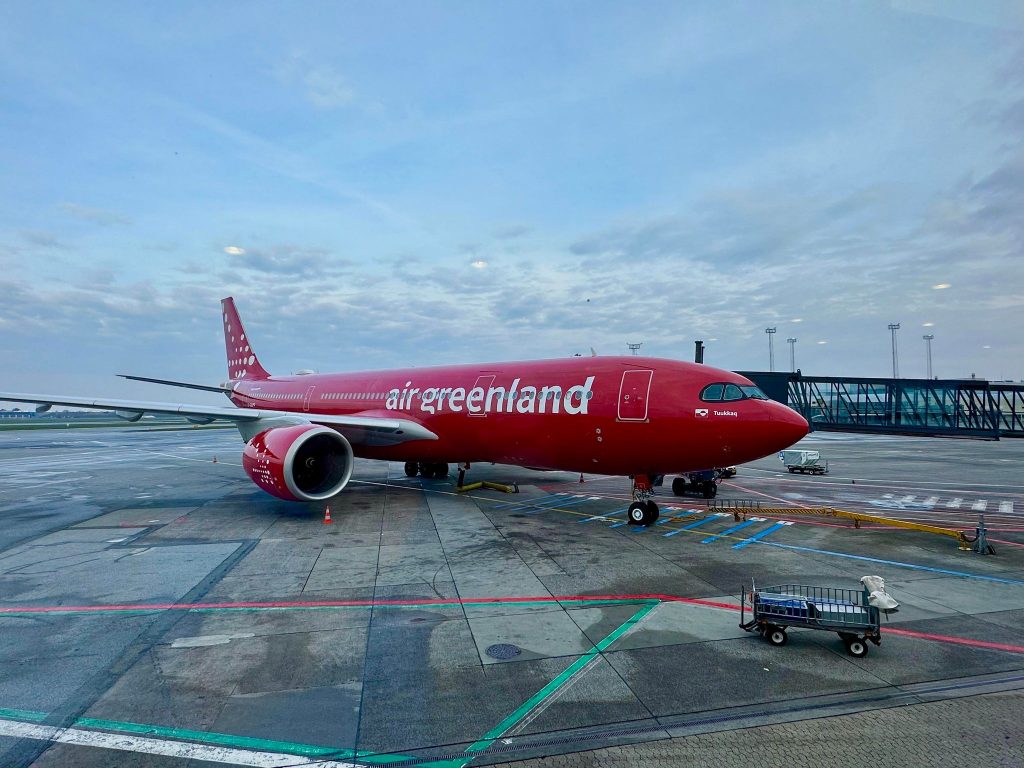
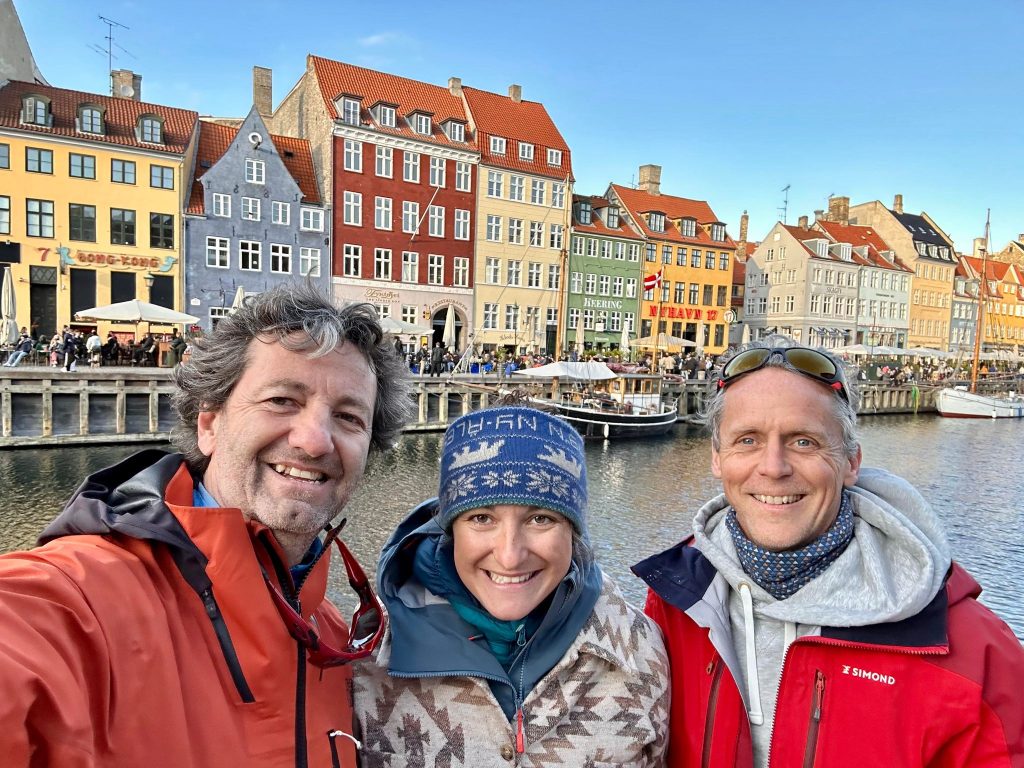
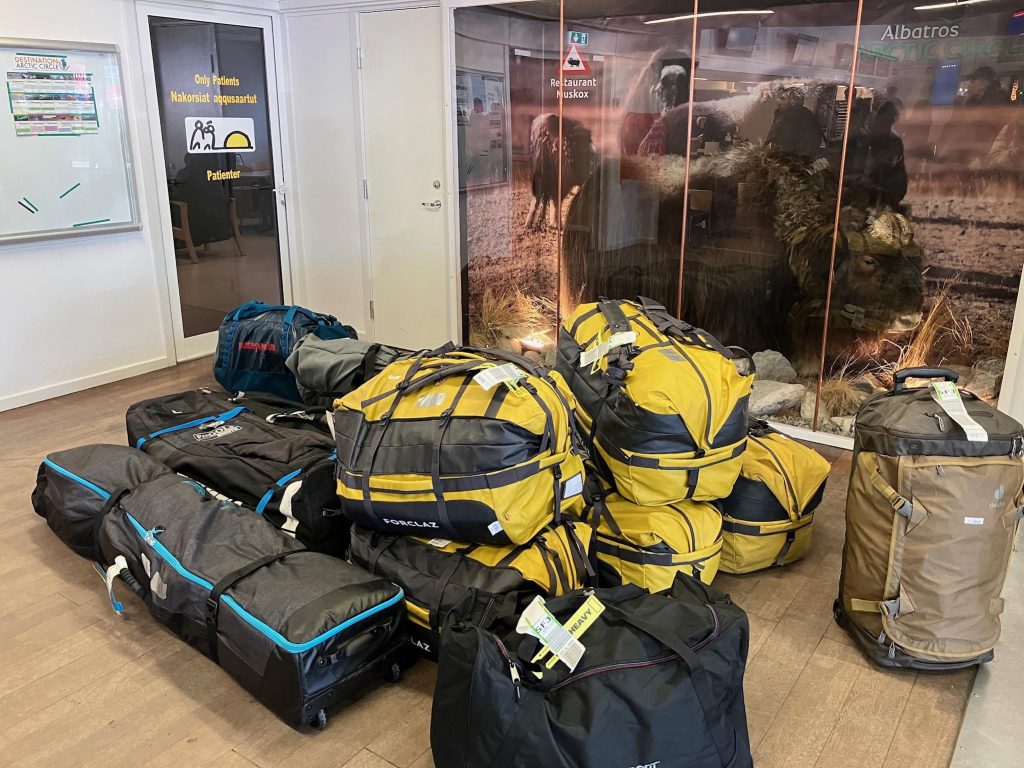
Q : What difficulties did you encounter during the expedition?
A : A cold front with a small storm and zero visibility pinned us under the tent for 24 hours, nothing to scare us, but with it came an initial period of 5 days of extreme cold. During the day, the physical effort of kiting kept us warm and prevented us from suffering too much from the cold, but the evenings and mornings were very hard. We had to fight against the cold all the time. The first frostbite on our hands and feet appeared when we were only halfway through the trip, and the wind was very light. It was harder to keep morale up! Then there was another small snowfall and the warmth returned at around -15. Unfortunately, a second period of extreme cold awaited us: -30 and below, at an altitude of 2400 m, combined with a light wind and almost 20 days of expedition. The team’s morale was in free fall. Doubts were slowly creeping in: would we be able to make it as far as Qaanaaq, one of Greenland’s most northerly communities, the final objective of our expedition? We set ourselves the goal of covering a minimum of 75 km a day in a very light 6-9 knot wind. Loop after loop, the surface became increasingly complicated. It was getting really hard, harder than we’d ever imagined. With every weather report, our morale plummeted as the extreme temperatures and lack of wind took their toll. But the only way out was north and then west. Even in an emergency, the first chopper base was a long way from our position. So we kept going, we had no choice. A little more wind than we’d initially expected, and our spirits quickly rose in the face of these hostile elements. Then came the moment of deliverance, with the mountains in the distance and the (icy) sea behind. The surface was levelling out, but the wind was falling. We ended up skiing with our skins on. The team was overjoyed! The adrenalin was pumping. But we hadn’t arrived yet and that’s when we made our first orientation errors. On a high-speed descent, we almost made a mistake that could have ended very badly. So we roped up, put on our crampons and helmets, and controlled our descent. On arrival at the fjord, sled dogs were waiting for us. What a joy! We’d made it.
Q : Have you become directly aware of the impact of climate change by observing the landscape on site and experiencing weather conditions in real time?
A : It’s hard to answer that question when we’ve never been so cold! Warming they said! It’s worth remembering that, by doing this expedition early in the season, we wanted above all to avoid the glacial rivers, lakes and melts that arrive earlier and earlier. By leaving in mid-April, we were able to get through them, but it was when we got to Qaanaaq and Illulissuaq that we really became aware of the acceleration of climate change. The ice cap is a huge mass of ice connected to the oceans by glaciers that flow into fjords and seas. It was by observing these glaciers that we were able to measure the extent of this accelerated melting. At point 660, the glaciers are retreating, at Qaanaaq the permafrost is shrinking, at Illulissuaq icebergs are invading the bay… But above all, our main goal was to show that, in the face of anxiety about climate change, the only way to overcome climate change was to get moving, to act urgently. Humans have great capacity to adapt, but it is urgent to act, to commit ourselves to change, to change our lifestyles and to reconnect with nature and the climate. We’re all part of the same planet. When we got home we were sadly confronted with more evidence : flooding in the Charlevoix region, fires across the province and erosion of the shores of the St. Lawrence. Hence the importance of developing our resilience in the face of these changes!
Q : What was the dynamic between the three of you during the expedition?
A : The success of this expedition would not have been possible without a close-knit team. 3 adventurers with very different personalities, but each bringing different strengths. Gregory, who was always organized, faced up to his doubts about the cold and quickly became our kiteboarding coach with his great expertise. Laura, with her knowledge of the cold, ice and orientation, her many guiding experiences in the polar regions and her mental strength, enabled us to bounce back despite the difficulties. And finally, my role was mainly to keep the team’s morale up, which was always positive (even too much so, according to my two adventure partners). My knowledge of the weather and routing was also essential. Every morning, before setting off, we’d discuss our personal weather forecast, how we’d spent the previous day, how we felt and our objectives for the day. It was essential to discuss the day’s scenarios, because once we set off we had to make sure we understood each other without really needing to communicate!
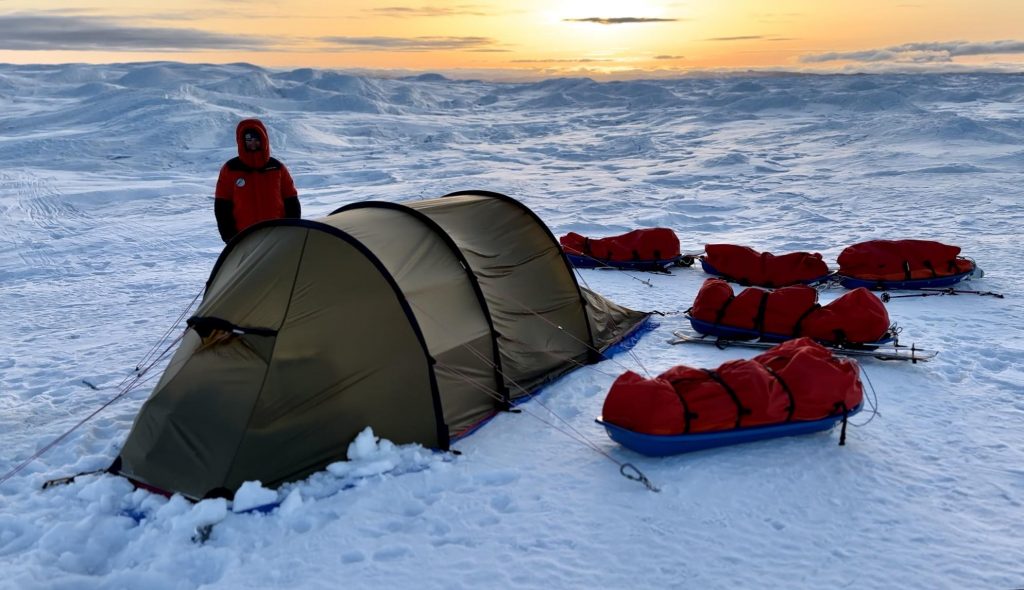
Q : A few weeks later, what feelings come to mind when you think back on the expedition?
A : It was just crazy to embark on such an adventure! We can’t wait to be able to share all the details of our experience, the emotions we’ve felt and how our adventure has unfolded, but at the same time we’re at a loss for words. We still need time to assimilate everything we’ve just experienced. The documentary, which is currently being edited, will allow us to share our adventure with you, as well as raising awareness of climate change.
Q : In terms of preparation, knowing what you’ve been through, would you do it differently?
A : I think we were really well prepared. That’s what enabled us to succeed in our expedition, despite the extreme conditions in which we were immersed. The two years we spent preparing were more than necessary. Life’s twists and turns also meant that we had to postpone our journey by a year, which is what enabled us to be really prepared. However, if we had to change one aspect of our preparation, it would probably be the addition of kite training in light winds on complicated surfaces.
Q : What was it like to return to “normal” life?
A : It’s true that returning to “normal” life is not easy after such a big project. The first step was to recharge our batteries. After the expedition, we were completely drained and aching almost everywhere. Walking 500 meters took us more than 10 minutes and required a lot of effort. The first few days were spent sleeping and eating, and then it was a case of slowly building ourselves back up and getting back into the swing of things. It’s extremely special to have lived together 24 hours a day for almost a month and then suddenly have to go our separate ways. However, there’s no shortage of projects. Laura is back guiding in the North (Norway, Iceland, Greenland, Northwest Passage, etc.) and Gregory is back home in the French Alps, building his own house, paragliding and kite-flying on Lake Monteynard. As for me, I returned to Quebec and quickly got back to my other projects, which are as intense as they are exciting (Village Monde and Vaolo). I also continue to enjoy activities that make me happy, such as canoeing, tending my vegetable garden and sailing
Q : What would you like to pass on with more hindsight?
A : Never give up! You have to believe in your dreams and live them passionately. We have to get moving, take action in our lives to face up to challenges that at first seem insurmountable. Hence the importance of believing in our ability, as human beings, to face the challenges of climate change with resilience. We must remember that each of us, in our own way, can contribute to building a better world. We must never forget that we form a whole and that we share the same planet, from Greenland to Antarctica, via Quebec, Europe, Africa, the Americas, Asia…
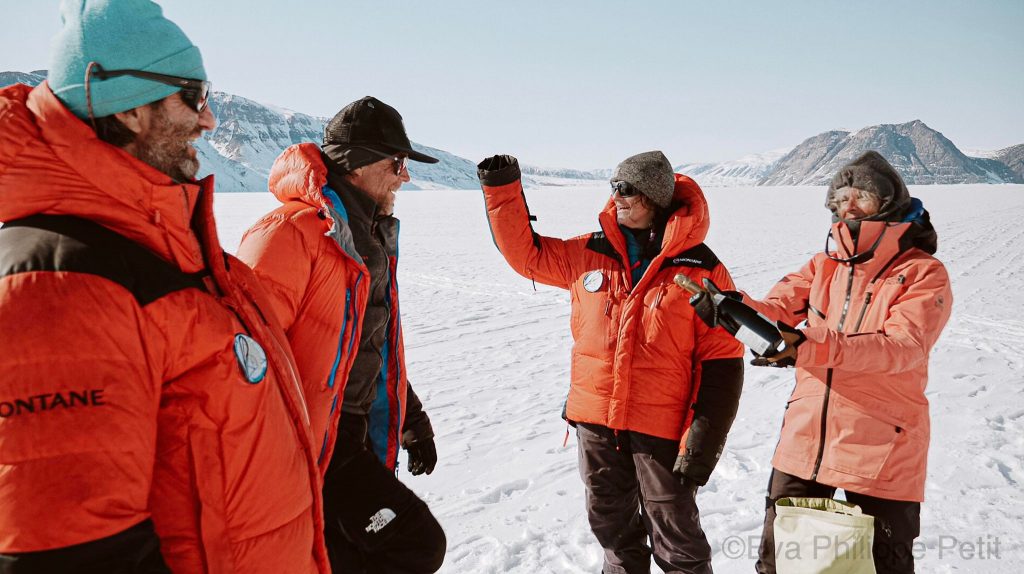
Subscribe to the travel newsletter from our collaborative booking platform Vaolo to find out what’s new, follow our explorers and receive tips for more conscious travel.
The use of the masculine gender has been adopted for ease of reading and has no discriminatory intent.
© 2026 All rights reserved. Village Monde.
By continuing to use the site, you agree to our privacy and cookie policy
I accept